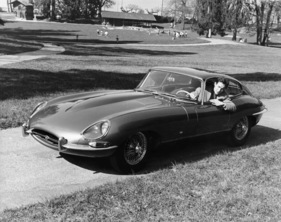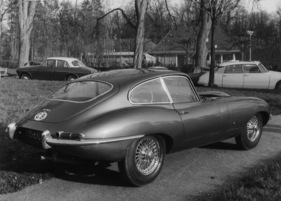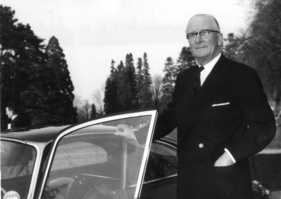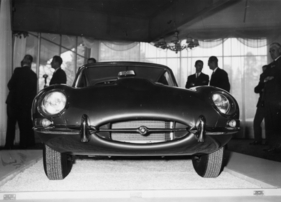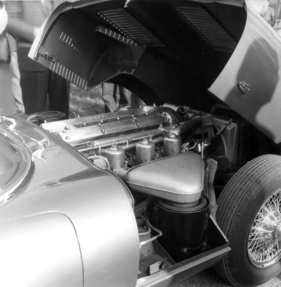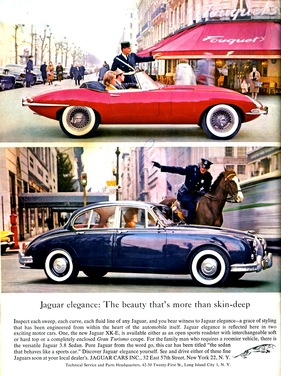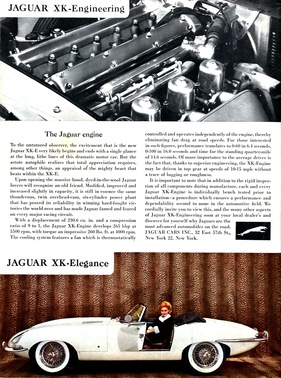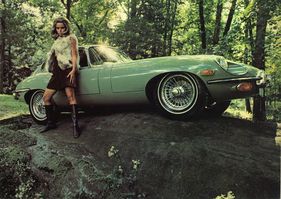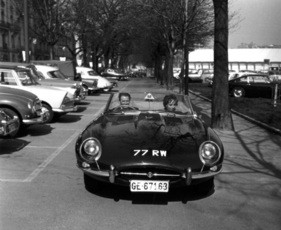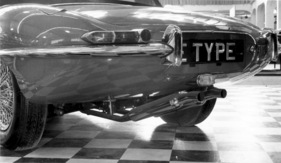Jaguar Type "E" Roadster in (historic) test - rocket pour deux with super roadholding
Summary
When Sir William Lyons sent his latest model onto the road in 1961, the automotive world collectively dropped its jaw. With the E-Type, Jaguar had created an incomparably attractive "driver's car". Its performance and roadholding were second to none, as were the brakes. Despite all the enthusiasm for the beautifully designed big cat, a few shortcomings were also noted. This article quotes an original test report from October 1962 and shows the sports car in extensive historical images and sales material.
This article contains the following chapters
- Top speed of a mid-range car in 2nd gear
- A car of contrasts
- The convertible and its features
- How it drives
- A chapter in itself should be devoted to the brakes
Estimated reading time: 14min
Preview (beginning of the article)
It is an old ideal of automobile designers to build a car that combines the characteristics of a racing car and a touring sedan. As these contradict each other in some respects, the goal remains unattainable. No one has come closer to achieving it - at a reasonable price, of course - than Sir William Lyons with his Jaguar "E" type. Before we look at the construction and characteristics of this car, which is without doubt one of the most remarkable creations of the 1961 model year, we must look at it from the perspective of its price. The E-Roadster costs DM 26,000 in Germany, including customs, transportation, VAT, etc. DM 26,000. That's a lot of money, but it's still around 6,500 less than the price of the only comparable German car without customs duties and other surcharges. How is that possible?
Continue reading this article for free?
Photos of this article


















